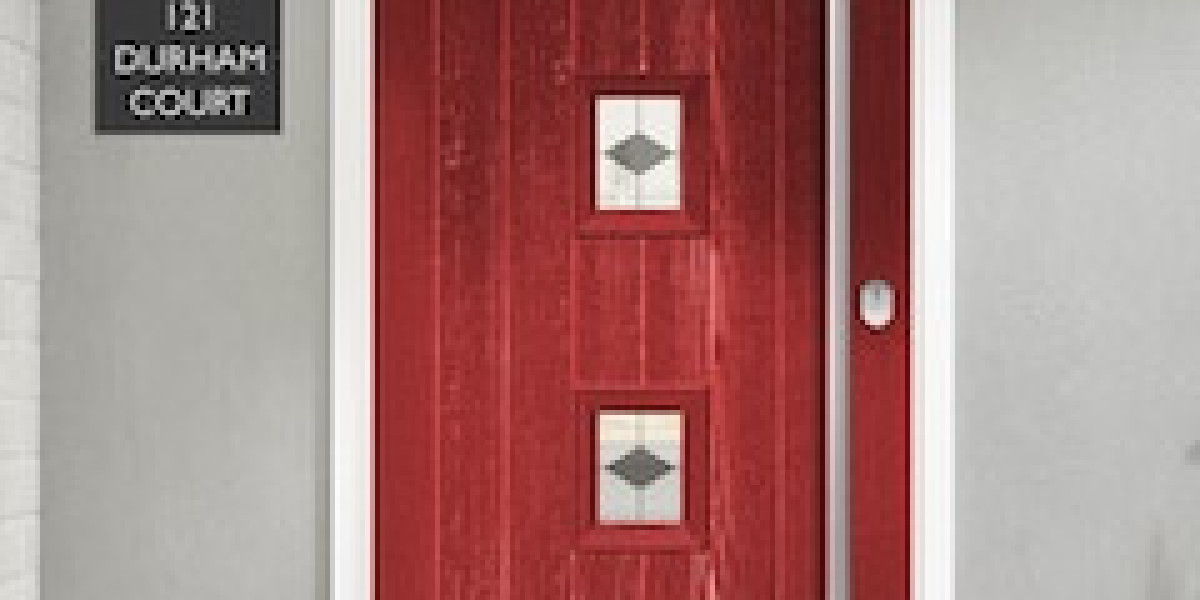
Fitted Ovens and Hobs: An In-Depth Guide to Modern Cooking Appliances
Fitted ovens and hobs have actually ended up being a staple in modern kitchen areas, combining performance, looks, and ingenious innovation. These kitchen appliances are created to effortlessly integrate into kitchen surfaces, providing the cooking enthusiast with the tools required for efficient meal preparation while preserving a sleek and organized appearance. In this short article, we will check out the different types of fitted ovens and hobs, their advantages, factors to consider when picking them, and answers to regularly asked questions.

Comprehending Fitted Ovens and Hobs
Fitted ovens and hobs are appliances specifically designed to be built into kitchen cabinetry or countertops for a seamless look. They can differ considerably in style, size, functionality, and functions, which deal with diverse cooking requirements and kitchen designs.
Types of Fitted Ovens
- Built-in Ovens: These ovens are installed straight into a wall or kitchen unit and can be found in numerous configurations and sizes.
- Double Ovens: A built in electric oven-in version that consists of two different oven compartments, enabling multiple dishes to be cooked at differing temperatures at the same time.
- Mix Ovens: These versatile appliances combine conventional baking with microwave technology.
- Steam Ovens: Ovens that use steam for cooking, retaining moisture in food while improving flavors and nutrients.
- Single Ovens: A basic oven system that is the most common type utilized in homes.
Kinds of Hobs
- Gas Hobs: These utilize burner for cooking, using instant heat and accurate temperature level control.
- Electric Hobs: Powered by electrical power, these hobs frequently include smooth surfaces that make them easy to tidy.
- Induction Hobs: Utilizing electro-magnetic energy, induction hobs heat pots and pans straight rather than the hob surface area, making them energy efficient and a safe alternative.
- Mixed Hobs: These offer both gas and electric choices, offering versatility for cooking styles.
Advantages of Fitted Ovens and Hobs
Fitted ovens and hobs provide many benefits that improve the cooking experience:
- Space Efficiency: Designed to suit kitchen cabinetry, fitted appliances take up less space compared to standalone models, developing a structured kitchen layout.
- Aesthetic appeals: Fitted models typically produce a more cohesive and visually attractive kitchen style.
- Modification: Homeowners can select from a range of styles, finishes, and includes to match their kitchen design and cooking needs.
- Improved Functionality: Many modern-day fitted ovens and hobs boast sophisticated technology, such as wise controls, self-cleaning features, and accurate temperature level settings, which simplify cooking.
- Security Features: Many hobs, especially induction designs, have security features such as vehicle shut-off and child locks, promoting a more secure cooking environment.
Elements to Consider When Choosing Fitted Ovens and Hobs
When picking fitted appliances for a kitchen, numerous elements must be thought about to make sure the best choice:
- Cooking Style: Different appliances cater to various cooking habits. Home cooks need to evaluate their common meal preparation techniques to discover appropriate appliances.
- Space and Layout: Measure the offered area in the kitchen to make sure that the picked appliances fit neatly without preventing movement.
- Energy Efficiency: Choose appliances with energy-efficient rankings to minimize energy costs and environmental impact.
- Innovation and Features: Consider the desired features, such as clever innovation, self-cleaning modes, or specific cooking functions like steam or convection cooking.
- Budget: Determine a spending plan before making selections to make sure that the picked models align with monetary planning.
Table: Comparison of Different Types of Ovens and Hobs
| Device Type | Pros | Cons |
|---|---|---|
| built in range-in Ovens | Space-saving, customizable style | Setup expense can be high |
| Double Ovens | Samsung 60cm Dual Cook Flex™ Electric Oven multiple dishes at various temperatures | Uses up more space |
| Steam Ovens | Healthy cooking, retains nutrients | Typically greater expense |
| Gas Hobs | Quick heat control, preferred by chefs | Needs a gas line installation |
| Induction Hobs | Quick cooking, energy-efficient, safe | Needs suitable cookware |
| Electric Hobs | Easy to clean up, steady cooking temperatures | Heating times can be slower |
Often Asked Questions (FAQs)
1. What is the distinction between a built-in oven and a freestanding oven?
A built-in oven is Integrated Ovens And Hobs into kitchen cabinetry for a smooth look, while a freestanding oven stands alone and is often more visible and available.
2. Are induction hobs safe to utilize?
Yes, induction hobs are thought about safe as they just create heat when suitable cookware is put on them, minimizing the danger of burns.
3. Can I set up a fitted oven myself?
While some individuals might choose to set up fitted ovens themselves, it is usually advised to work with an expert to guarantee appropriate installation and adherence to safety requirements.
4. What size of oven is perfect for a little kitchen?
In little kitchen areas, think about compact or single built in range oven-in ovens that fit within the readily available area without jeopardizing on cooking performance.
5. Do fitted ovens and hobs require unique upkeep?
Fitted appliances need basic upkeep, such as cleansing and periodic checks. Nevertheless, particular maintenance jobs depend on the kind of oven or hob.
In conclusion, fitted ovens and hobs represent the embodiment of contemporary kitchen design and performance. By comprehending their types, benefits, and considerations, consumers can make educated options that enhance their cooking experiences while fitting effortlessly into their home. Whether producing premium meals or preparing household dinners, fitted ovens and hobs are important tools in any cooking area.











